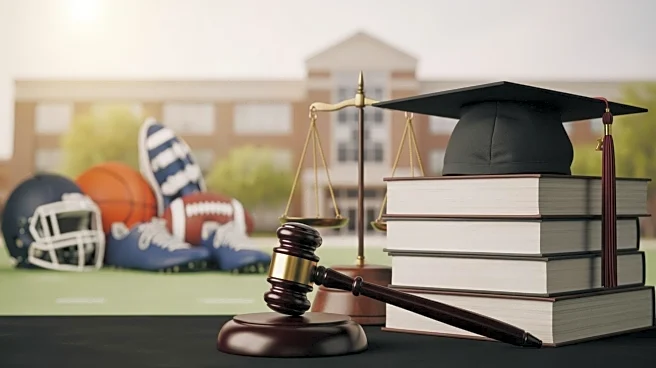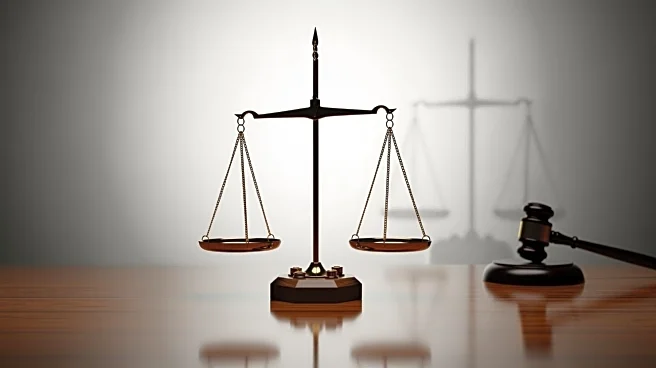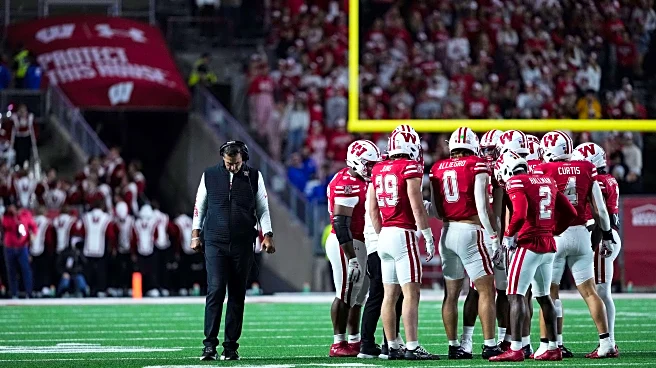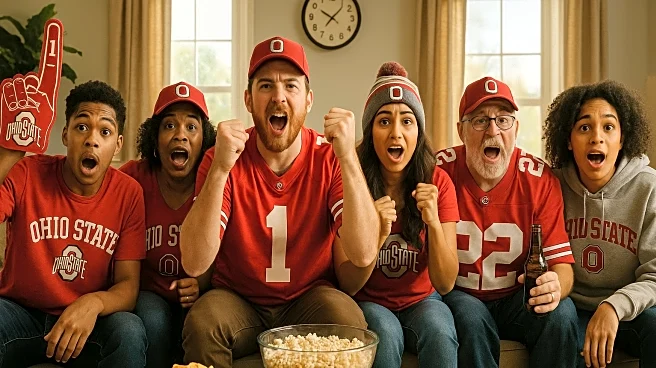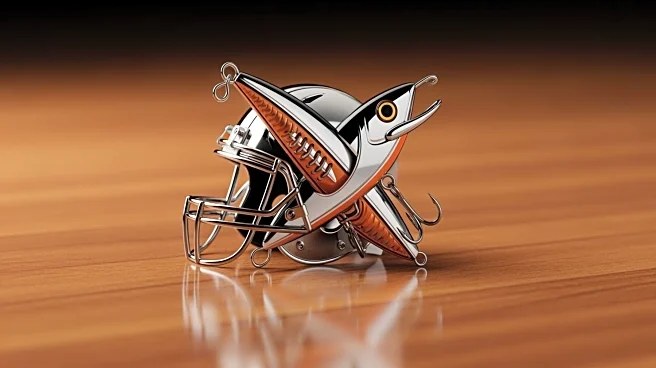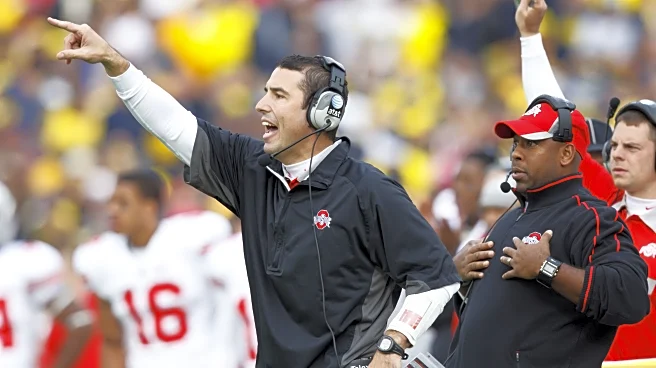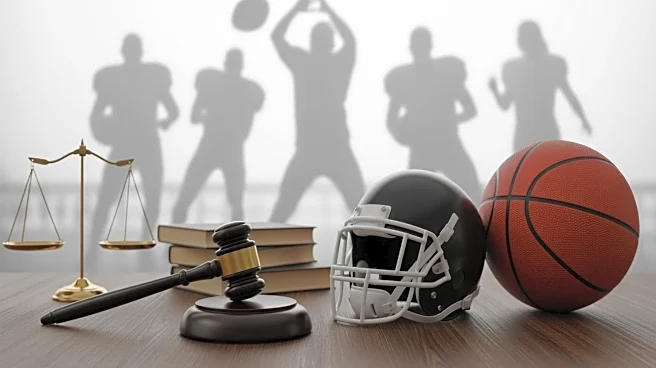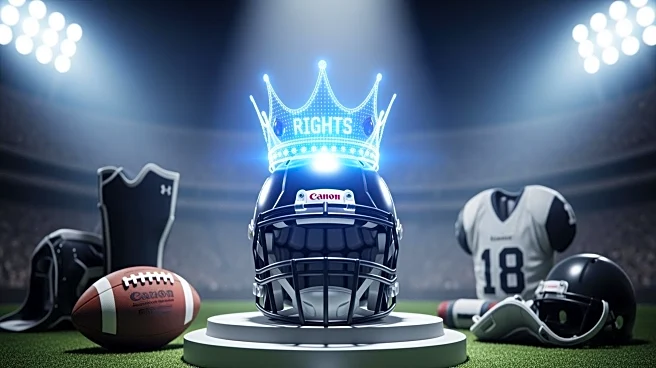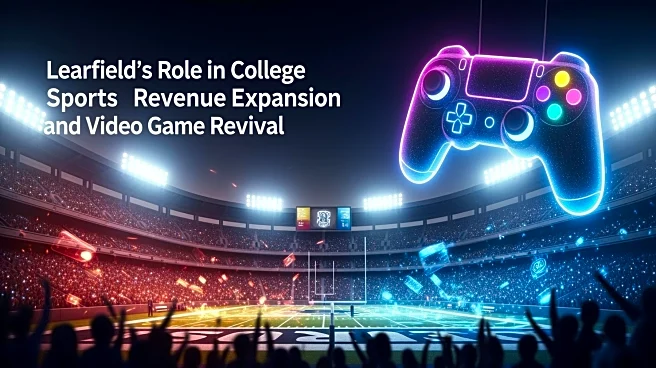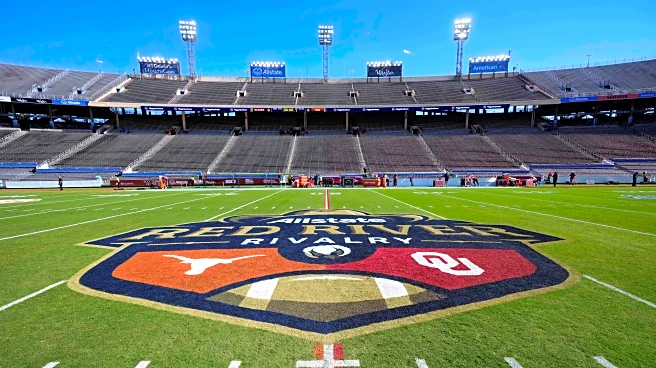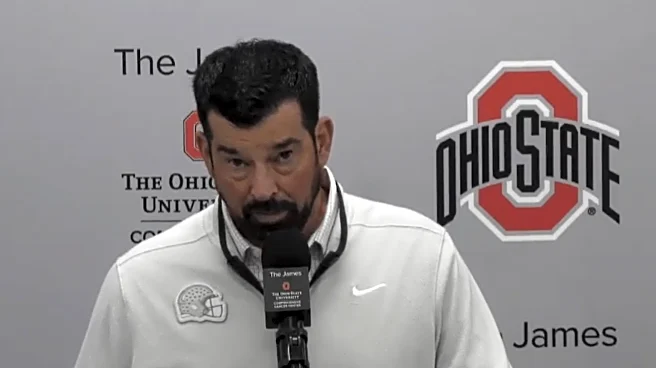What's Happening?
Jamier Brown, a prominent high school football player from Wayne High School, has initiated legal action against the Ohio High School Athletic Association (OHSAA) over its restrictions on name, image, and likeness (NIL) compensation for student athletes.
Brown's mother filed the lawsuit in Franklin County Common Pleas Court, arguing that the current OHSAA policy places Ohio high school athletes at a disadvantage compared to their peers in 44 other states and the District of Columbia, where NIL earnings are permitted. Brown, who has committed to Ohio State University, has reportedly been offered NIL opportunities exceeding $100,000 but is unable to capitalize on them due to the existing ban. The lawsuit seeks to challenge the OHSAA's refusal to update its bylaws, despite a recent proposal to address NIL issues being voted down by member schools.
Why It's Important?
The lawsuit highlights the growing debate over NIL rights for high school athletes, a topic that has gained traction nationwide following changes at the collegiate level. If successful, the legal challenge could pave the way for Ohio high school athletes to earn money from their personal brand, potentially altering the landscape of high school sports in the state. This could have significant implications for student athletes seeking financial support for their families and additional resources for academic and athletic development. The case also underscores the tension between traditional athletic governance and modern economic opportunities for young athletes, potentially influencing policy decisions in other states.
What's Next?
The lawsuit may expedite the OHSAA's decision-making process regarding NIL policies, potentially leading to an emergency vote among member schools. The outcome of this legal challenge could set a precedent for other states grappling with similar issues. Stakeholders, including educational institutions, athletic associations, and legal experts, will be closely monitoring the case for its implications on student athlete rights and the future of high school sports governance.
Beyond the Headlines
The case raises ethical questions about the balance between amateurism and commercialization in youth sports. It also highlights the evolving role of student athletes as influencers and the potential impact of NIL earnings on their educational and career trajectories. The legal challenge may prompt broader discussions on the rights of minors in the sports industry and the responsibilities of athletic associations in adapting to changing economic landscapes.
